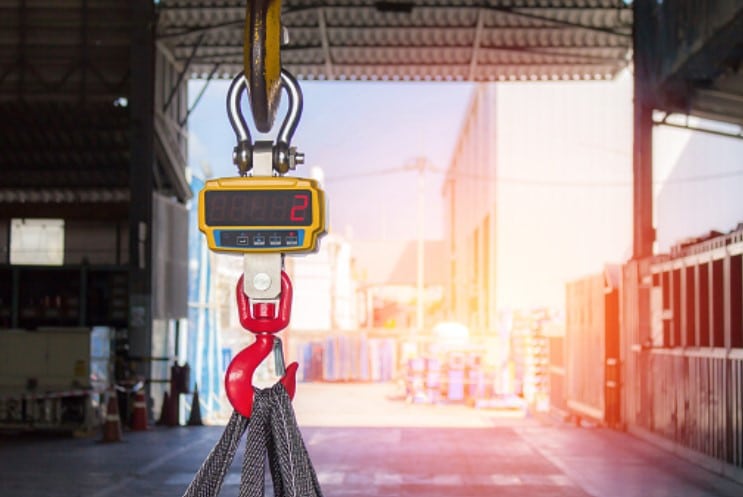Metrology Glossary: Chain Hoist
What Is a Chain Hoist?
A chain hoist is a mechanical device used for raising and lowering loads through the use of a chain. The chain is wound around a drum or wheel, while the load is fastened to the chain’s terminal end. Chain hoists can be operated either by manual force or powered by sources such as electricity or compressed air. They find widespread application in industries such as construction, manufacturing, and warehousing, facilitating the lifting of hefty items.
Where Are Chain Hoists Used?
Chain hoists serve as versatile and robust lifting apparatuses with applications across diverse industries. In construction, these hoists are used for elevating substantial materials such as beams and machinery, while also facilitating tasks such as scaffolding assembly and truss installation. Manufacturing facilities use chain hoists for relocating heavy machinery, assembling products, and aiding in the loading or unloading of trucks and containers. Warehouses depend on these hoists for efficient material handling, including tasks such as lifting, stacking, and precise positioning of inventory. Automotive workshops use chain hoists for lifting engines and other components, as well as for tasks like tire installation, brake changes, and bodywork. In the marine industry, chain hoists play a crucial role in lifting and lowering boats, rigging sails, and supporting cargo operations, along with their contribution to maintenance and repair work on ships and docks.





